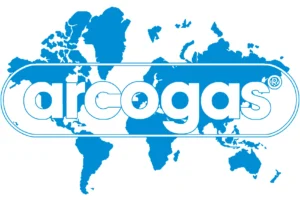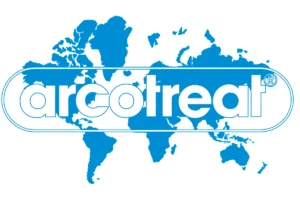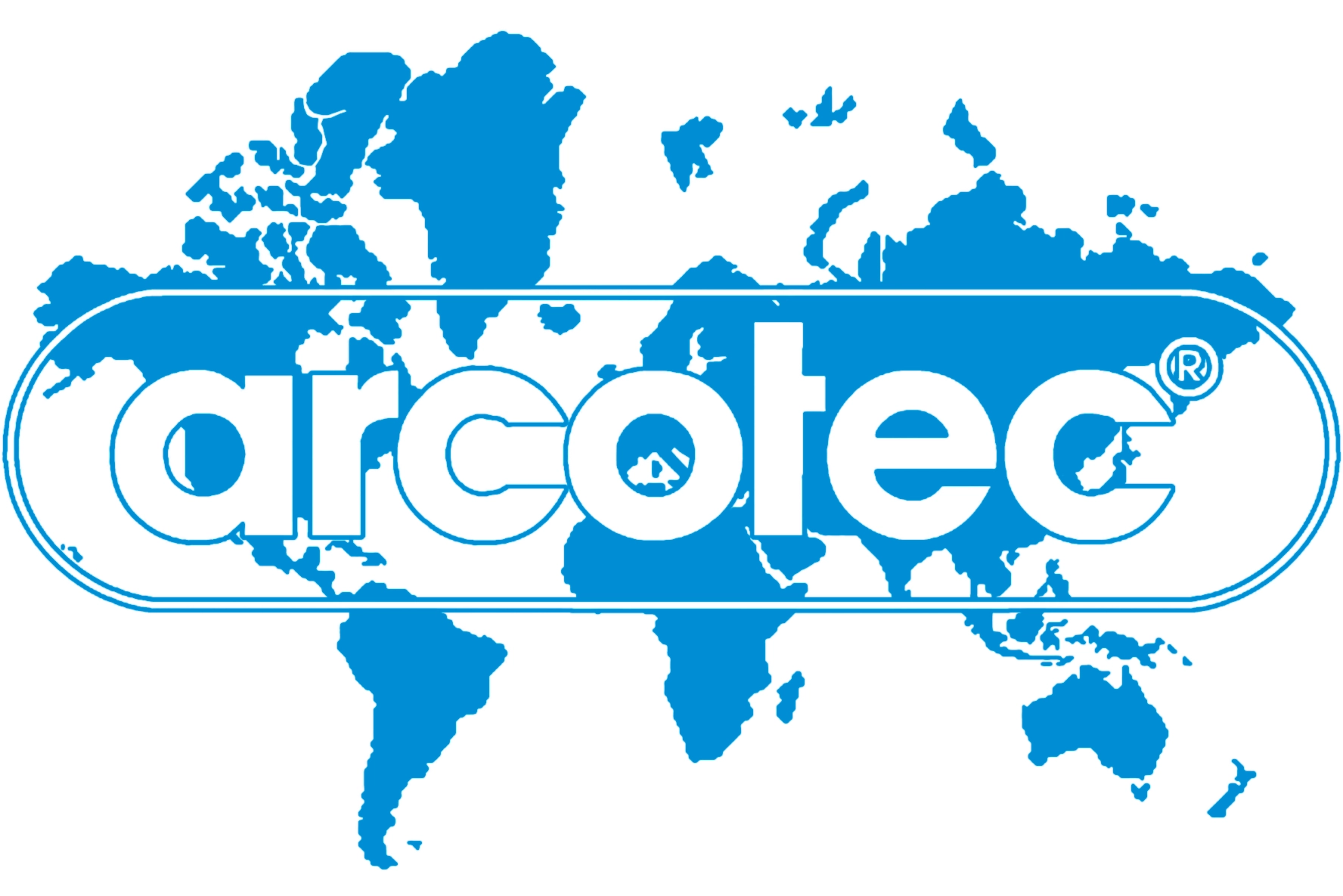

FAQ
FREQUENTLY ASKED QUESTIONS
Plastic surfaces are naturally non-polar and not readily wettable. When painting, printing, adhesively joining or applying any kind of coat, this can lead to poor adhesion of the coating material on the surfaces. Poor printing definition, peeling of the paint or lack of adhesion of a joint can be the result. To avoid this the surfaces must be treated prior to coating. There are various options for this: mechanical treatment, such as roughening or sand blasting; chemical treatment, such as washing or the use of bonding agents (primers). These methods require the use of chemicals. The waste products (often hazardous materials) have to be disposed of, which is time-consuming and costly. This is the reason why the physical pre-treatment methods like Corona, Plasma or flame treatment under atmospheric pressure are gaining in significance. They are cost-effective, can be used in-line, have low operating costs and do not require waste disposal.
The effect of these methods is based upon generating a plasma. While it is generated in the corona or plasma treatment in a non-thermal way through an electric discharge, with flame treatment the plasma is formed in the hot flame. Activated molecules and atoms (essentially oxygen) in the plasma are bound into the surface and generate polar groups there. Colour, paint or adhesive molecules can bind to these groups. The treatment effect becomes apparent in an increased surface tension. An increase in surface tension is coupled in almost all instances with improved adherence. By adding gases or precursors it is possible to activate the surfaces more specifically. By adding a silane compound (arcosil® process) it is possible to generate very thin silicate layers (only a few nanometres thick) that have very good adhesive properties which have very good adhesion properties. This reduces moisture ingress in particular subsurface, providing possible protection against corrosion.
The effect of these methods is based upon generating a plasma. While it is generated in the corona or plasma treatment in a non-thermal way through an electric discharge, with flame treatment the plasma is formed in the hot flame. Activated molecules and atoms (essentially oxygen) in the plasma are bound into the surface and generate polar groups there. Colour, paint or adhesive molecules can bind to these groups. The treatment effect becomes apparent in an increased surface tension. An increase in surface tension is coupled in almost all instances with improved adherence. By adding gases or precursors it is possible to activate the surfaces more specifically. By adding a silane compound (arcosil® process) it is possible to generate very thin silicate layers (only a few nanometres thick) that have very good adhesive properties which have very good adhesion properties. This reduces moisture ingress in particular subsurface, providing possible protection against corrosion.
In principle it can be said that almost all common plastics, such as PP, PE, PA, PMMA, ABS, PC etc can be treated with all three methods (Corona, Plasma, Flame). Rather, the application areas of the different methods are governed by other factors, such as:
• The application itself:
Coating of small areas or large areas
• Due to the shape of the part to be treated:
Flat surfaces or highly structured surfaces, thin films or thick sheets, what kind of height differences are on the surfaces? Do all surfaces have to be treated or certain areas only?
• Situation on site:
What is the best way to move the surface to be treated through the plasma flame? Factors like plant speed, cycle time, handling of the component, ability to integrate into existing production line etc are all playing a significant role.
• Heat sensitivity of the material to be treated
Which method provides the best solution for your application should always be individually tested.
Yes, besides the activating of plastic surfaces it is also possible to treat metal and glass surfaces. In this instance the cleaning action of the plasma flame plays an important role. Surfaces that have been contaminated during the manufacturing process can be subjected to detailed cleaning, which becomes apparent in an increased surface tension. Any fat or oil can be burned, vaporised or baked in. Adherence to the surfaces is improved. This should always be tested in individual instances.
With more than 300 square metres in size the Arcotec GmbH laboratory provides all facilities to find the best solution for your process. Our team of physicists, engineers and technicians will always design the most efficient and practical application for you.
Because we have 50 years of experience in the field and are manufacturer of all three methods of physical treatment under atmospheric pressure (Corona, Plasma, Flame) we will always provide you with the best solution for your application, not just any.
